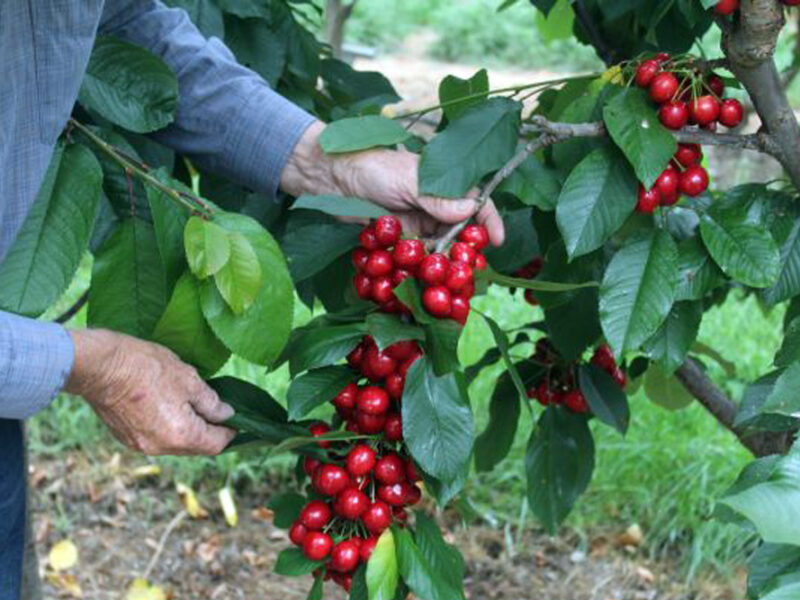The phenomenon of Permaculture arrived into public existence back in 1978 with the publication of Permaculture One by Bill Mollison; a senior lecturer in environmental psychology from University of Tasmania. Coined from the terminologies of permanent agriculture, permaculture focuses on flourishing natural eco systems by the means of sustainable agriculture and later extended towards sustainable human habitats. Over-reliance on non-renewable resources, use of farming methods that poison land and water whilst reducing bio-diversity paved the path for permaculture to emerge.
Permaculture related to agri-business allows a grower to shape and design their growing environment according to their surrounding land. Permaculture creates the extended cohesion between growers and nature, thereby promoting sustainable farming principles such as regenerative agriculture, organic farming, rewilding, agroforestry, applied ecology and community resilience. Core objectives of permaculture is to minimize waste, labour and energy input whilst maximize benefits. Permaculture uses system thinking and design principles to equip an individual, groups or communities to design their environment in a manner that allows them to live in synergy with nature creating a sustainable future.
Bill Mollison, considered as the father of permaculture is a pioneer who observed nature’s cycles to recreate an ecosystem that provides food. He noticed that tropical climates allowed complex ecosystems to be created in relatively short time periods. Bill further observed that these ecosystems could feed people without much human interference. He was able to synthesize his knowledge into a design theory and principle which was later made popularized around the world.

In contrast to many modern agricultural methods, a natural growing system induce a continuous cycle through topsoil regeneration that allow soil from dead plants to be reused for new growth. Permaculture gardening convert food waste into valuable compost and replace pesticides and weed killers with natural predators. The philosophy of permaculture implies working with nature and not against it through protracted and thoughtful observation.
Continuous research is being conducted to identify how permaculture could be successfully implemented in climates between the polar and the tropical regions as more growers are designing their agro-landscapes suitable for the respective climate zones.
The concept of permaculture success with the use of its specific zones. These zones define a manner of organizing design elements in a specific agro-landscape based on the frequency of human use and plant or animal needs. Based on a numbering scale of 0 to 5, frequently used elements or harvested crops are located close to the house such as in zone 1, hence more attention could be driven to these elements, whilst the elements that are infrequently used are placed farther away.
Creation of a group of species that exploit same resources or different resources in related ways in accordance to form a larger eco system is identified as “guilds”. As guilds are created side by side, a grower can create diverse ecosystems where every tree and shrub serve a specific purpose and support each other while creating a self-seeding sustainable eco system.
Zones in permaculture could be planted with as many diverse plants possible, whilst the plant selection and placement could vary based on microclimates. Plants are interplanted everywhere and allowed to seed set. However, weeds would be left in place, as they could be beneficial for certain plants. All animals and insects are considered highly beneficial. Water is captured and stored in the soil and in ponds. Compost is not a separate function – kitchen scraps can be buried in the soil and plant material left to decompose. The intersection of two contrasting environments, which is called “the edge effect,” is valued as the most diverse and energetic place in the eco system.




